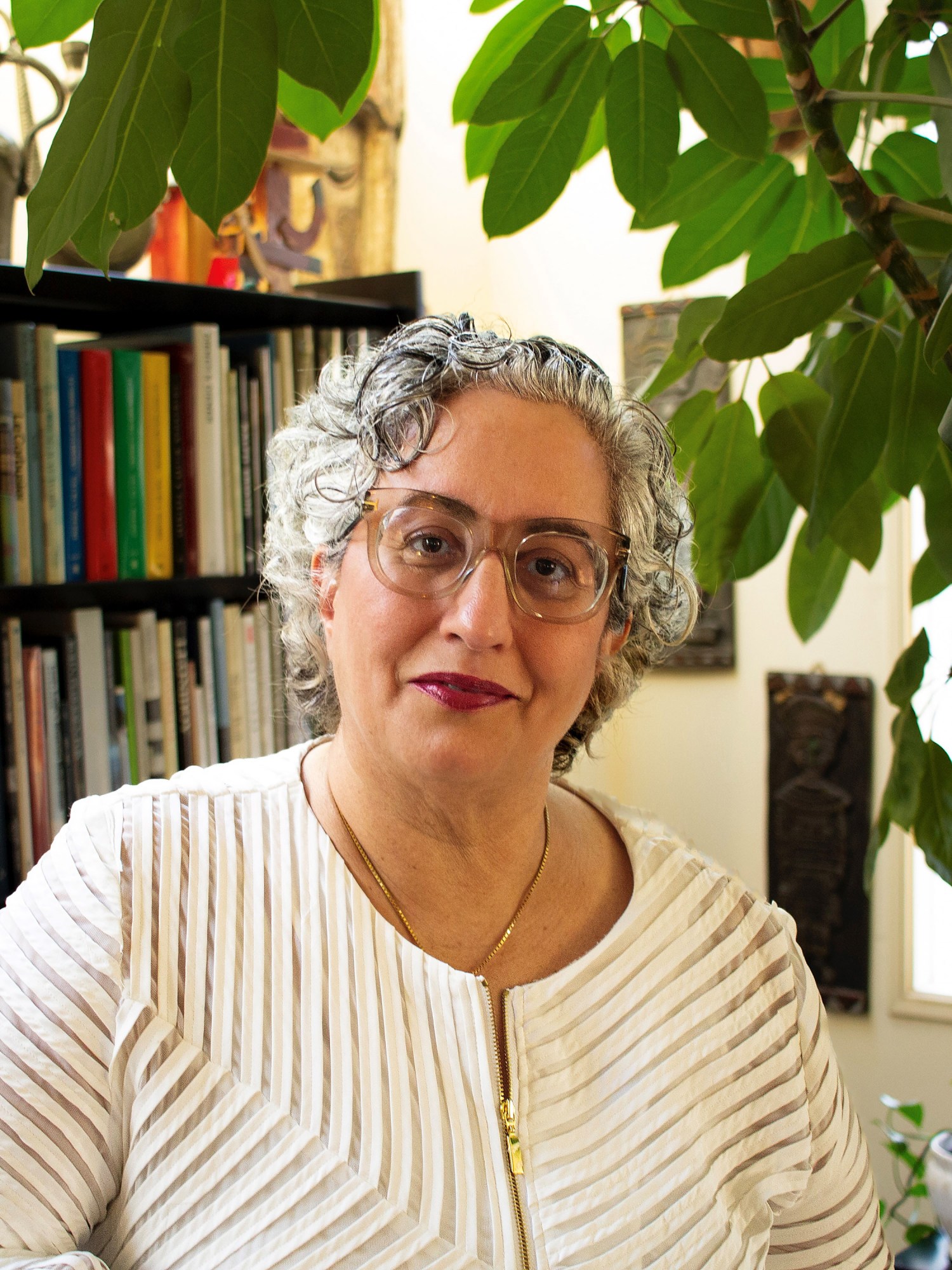Tina Bahadori ’84, SM ’88, studied the chemistry of turbulent diffusion flames and wrote a thesis on Les Liaisons Dangereuses as a double major in chemical engineering and humanities. Then she earned MIT master’s degrees in chemical engineering and technology and policy. So, it’s no surprise that she now works at the complex intersection of science and politics. “You want to make sure that science enters the conversation—every big decision, every big policy action,” says Bahadori, executive director for the Division on Engineering and Physical Sciences at the National Academies of Sciences, Engineering, and Medicine. “My job is to integrate, to find those pockets where conversations are happening … and infuse the science into that conversation.”
Bahadori, who also has a doctorate in environmental science and engineering from Harvard’s School of Public Health, has managed public- and private-sector programs related to energy, the environment, technology, and chemical management. Most recently, as director of the National Center for Environmental Assessment at the Environmental Protection Agency’s Office of R&D, she led the design of several innovative research and risk assessment programs.
Bahadori’s division at the National Academies focuses on 13 diverse areas, including space, energy, computing, aeronautics, national security, and infrastructure. She helps assemble the world’s top experts to bring science and research to the attention of US policymakers and help shape that research with an eye to policy.
Don’t settle for half the story.
Get paywall-free access to technology news for the here and now.
